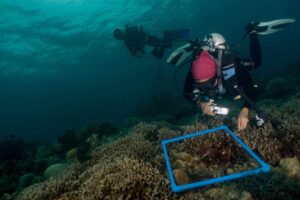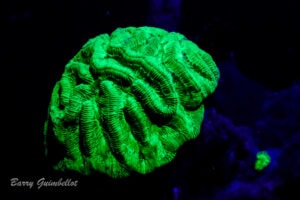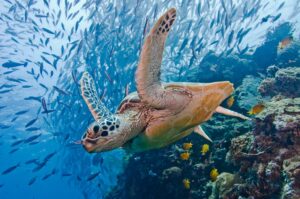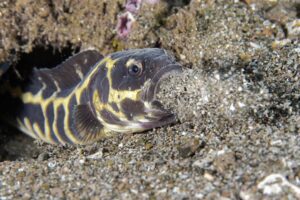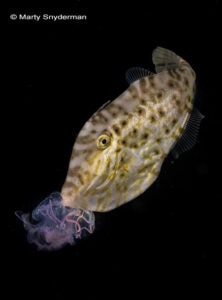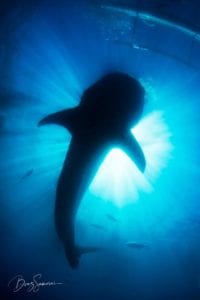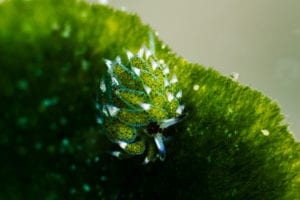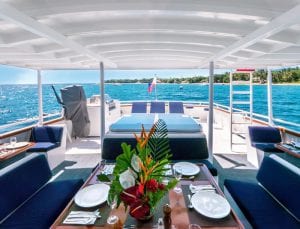It may be surprising to an outsider that so many divers are madly in love with these slimy creepy-crawlies of the reef. Sure, the big stuff like sharks and mantas set the heart racing, but there is a singular pleasure to be found in focussing the eye on one of these riotously coloured and beautiful little critters.
There are over 3,000 known species of nudibranch, with new ones being identified and named regularly. They are found throughout the world’s oceans, especially in warm temperate and tropical seas, most frequently in the shallow warm reefs that scuba divers experience.
Experienced critter seekers board Atlantis Azores, a liveaboard in the Philippines to visit the best dive sites for nudibranchs, where regular visitors are utterly spoiled by the vast array of species and the sheer numbers of them.
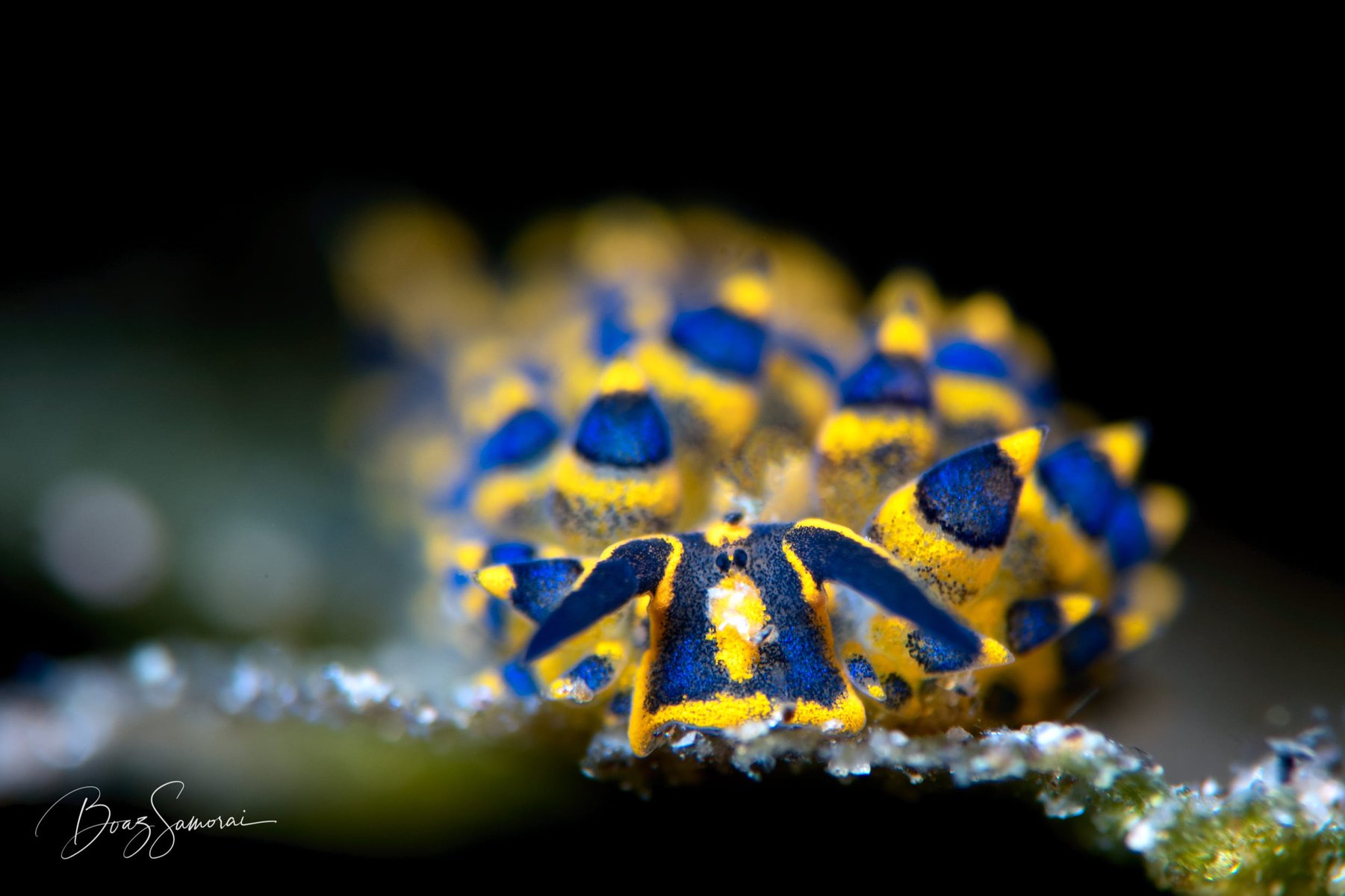
What are they?
Nudibranchs are gastropod molluscs, normally of between 4 and 10 cm in length. Taste, touch and smell are detected by the rhinophores they have on their heads. Secondary gills sprout from their dorsal region, called branchus, giving them their name, meaning naked gills.
They are carnivores and eat, among other things, anemones, sponges and barnacles. They are also known to eat sea slugs and their eggs, and even indulge in a spot of cannibalism – eating each other.
Feeding is what they spent most of their time, only resting for about 4 hours a day – it is hard work feeding all day long!
As they move in a snail-like way, their flat broad muscle, called a foot, leaves a slimy trail. Although slow, they usually cover around 10 metres per day hunting around for food. Some can swim in the water column by flexing their muscles this way and that.
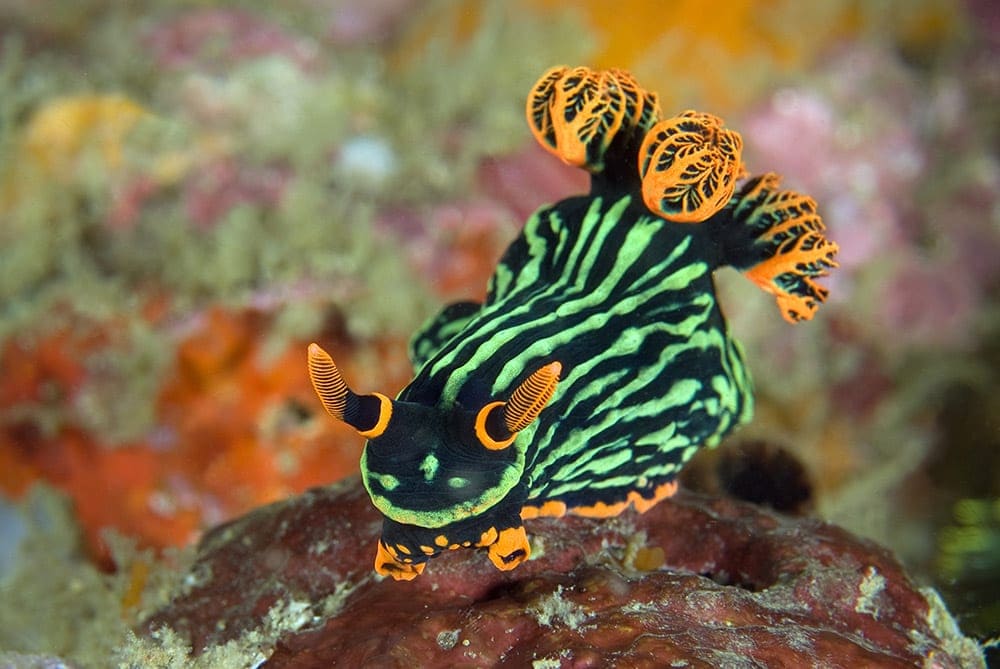
What eats them?
You might think that nudibranchs that looks like so many pieces of candy strewn across the reef would be gobbled up by any passing fish. However, this is not the case. Although they have no shell, they have other forms of defence. One technique is to blend in with their surroundings, often by taking the appearance of their prey. Another is to take on bright colouration signalling high toxicity levels that deter any would-be predators this way. Some nudis of the Eolid variety swallow anemones’ stinging tentacles and then harness these to both catch food and defend against predators.
Another incredible feature that some have is to store algae in their outer tissues and live off the sugars produced by the algae’s photosynthesis. What a resourceful creature!
How are nudibranchs made?
Nudis are hermaphroditic, meaning they have both male and female organs. However, they still mate, working out between them who will adopt the male and female roles. Up to 1 million eggs can be produced in the form of a jelly-like, spiral-shaped ribbon. These can often be seen on the reef, causing puzzlement on first witness. The eggs are deposited close to a food source to give the newly hatched larvae a good start.
Where in the Philippines is good for diving with nudibranchs?
The Philippines is one of the top countries in the world for nudibranchs. Anilao is often named the nudibranch capital of the world. 100s of species there including multiple Chromodoris, Doriprismatica and Flabellina species. Dumaguete is another great part of the Philippines for nudibranchs including an array of Nembrotha, Goniobranchus and Phyllidiella species.

In fact, just about everywhere in the Philippines where the diving is good, there will be nudibranchs crawling around. Even when you are busy staring at the big stuff in the blue, there are likely to be little nudis on the wall behind you quietly going about their slimy business. So whether you are in Dauin, Cebu, Bohol, Apo Reef, or even Tubbataha, keep an eye out for these little colourful jewels of the ocean.


